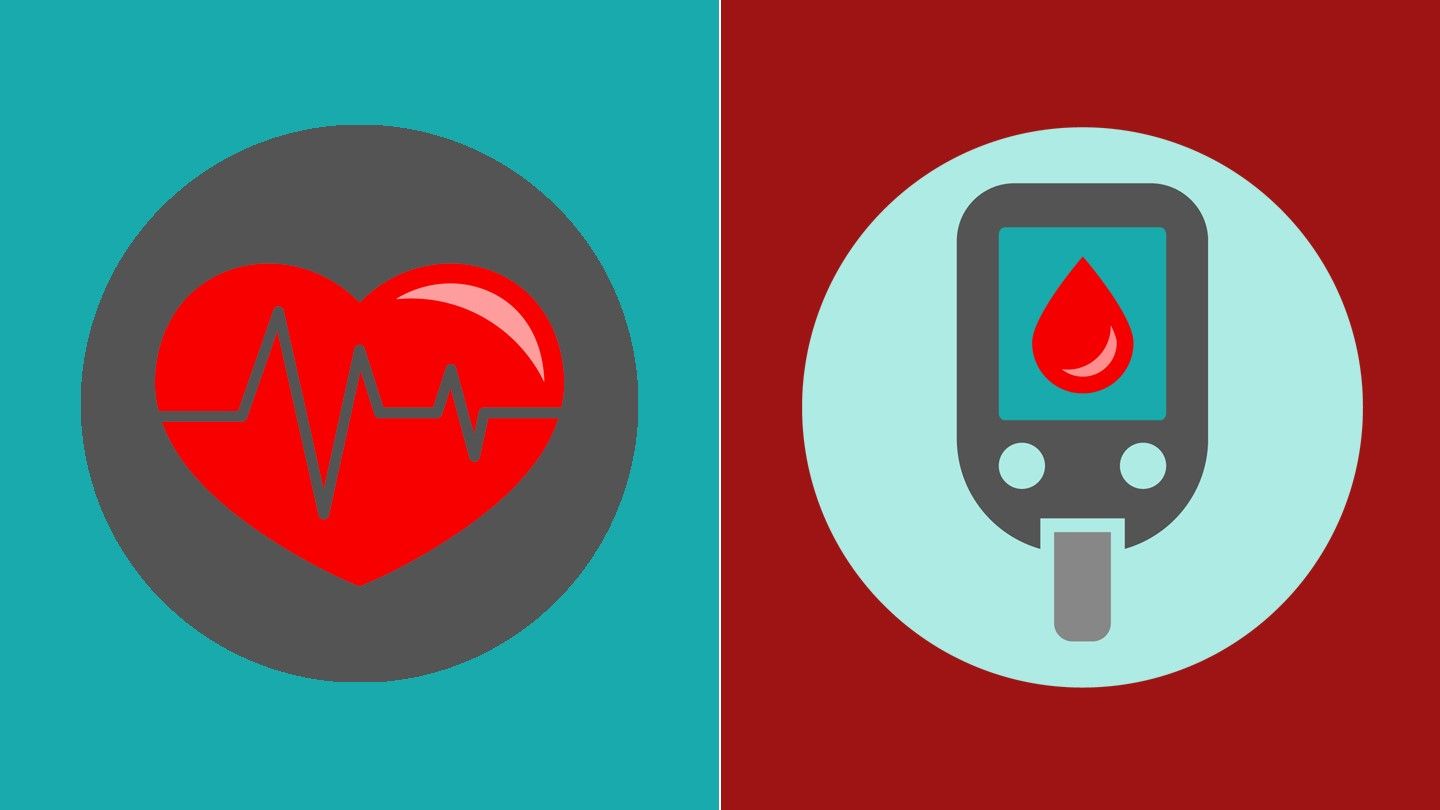
A Heart to Heart on Diabetes
As many of you know, people with diabetes are exposed to unfavorable health disparities. Let’s take a moment to put heart disease in perspective. It is the leading cause of death in men, women, and people of most racial and ethnic groups in the United States. In total, an estimated 647,000 Americans die each year because of heart disease – one in every four deaths.1,2,3 And that’s not all. About 85% of people diagnosed with diabetes die from heart disease or stroke.4 These attention-grabbing statistics should raise questions and encourage action. The remainder of this piece is dedicated to answering common questions, increasing awareness, and taking control of your diabetes.
First up, what’s the connection between heart disease and diabetes?
Risk factors. Almost all risk factors for diabetes and heart disease overlap. Significant factors include a lack of exercise, an unhealthy diet, poor weight management, and smoking.
How can I best manage my risk factors?
Know. Your. Numbers. Or better yet, know your ABCs.
- A1c (a long-term measurement of blood sugars). Blood pressure. Cholesterol.
What medication may be right for me?
Two medication classes benefit patients diagnosed with both diabetes and heart disease: SGLT2 inhibitors and GLP1 receptor agonists. However, medications within these classes are typically new to the market – meaning they can be expensive. Talk to your pharmacist about payment assistance programs.
How do SGLT2 inhibitors and GLP1 receptor agonists control diabetes and heart disease?
Sodium-glucose co-transporter 2 (SGLT2) inhibitors block the kidney’s ability to reabsorb sugar, which prevents heart disease and lowers blood pressure. Glucagon-like peptide 1 (GLP-1) receptor agonists mimic the effects of a natural substance that promotes the pancreas to produce insulin and slows stomach emptying.5
What are the best dietary options for a healthy heart?
The Mayo Clinic recommends eight steps to prevent heart disease.6
- Control your portion size
- Eat more vegetables and fruits
- Select whole grains
- Limit unhealthy fats
- Choose low-fat protein sources
- Reduce the sodium in your food
- Plan ahead: Create daily menus
- Allow yourself an occasional treat
Iowadiabetes also has a great resource from a previous blog post: ‘The Skinny on Healthy Fats’
https://www.iowadiabetes.com/2020/07/07/healthy-fats/
Summary
Diabetes effects so many people every year. However, managing your risk factors is easy when you know to keep your ABCs in check (A1C, blood pressure, and cholesterol) and by making sure you are taking the correct medication. A balanced diet is also key.






